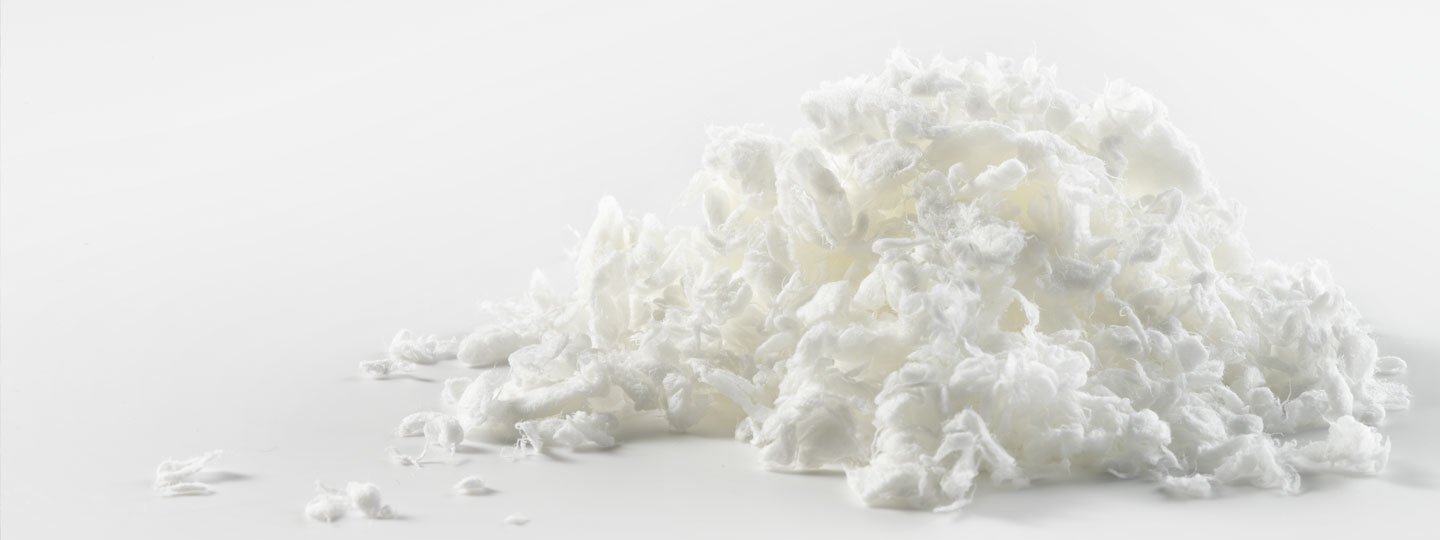Chlorine dioxide is widely used in modern chemical pulp bleaching. It preserves pulp yield and gives superior pulp strength compared to other oxidants, due to it attacking only the aromatic ring of the lignin and not reacting with carbohydrates.
Chlorine dioxide is the most widely-accepted bleaching agent for the environmentally-preferred ECF (elemental chlorine free) chemical pulp bleaching process. It functions via oxidative reactions, eliminating the formation of chlorinated organic compounds.
Chlorine dioxide is produced from sodium chlorate using different reducing agents, typically on-site at the pulp mill. Kemira is able to provide custom-tailored alternatives for chlorine dioxide supply, offering our customers the ideal configuration.

